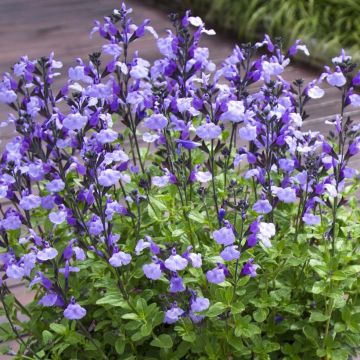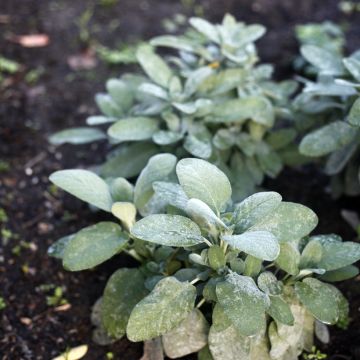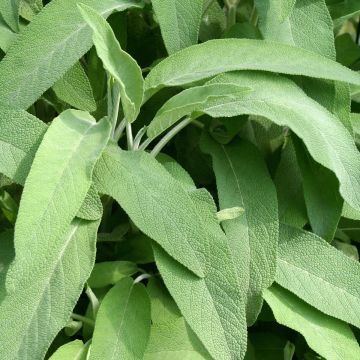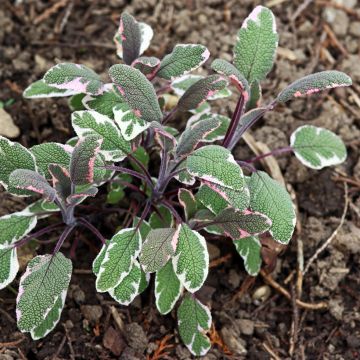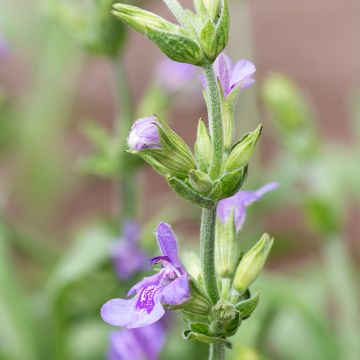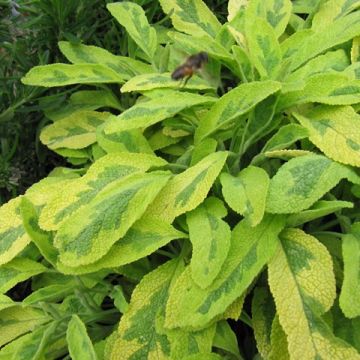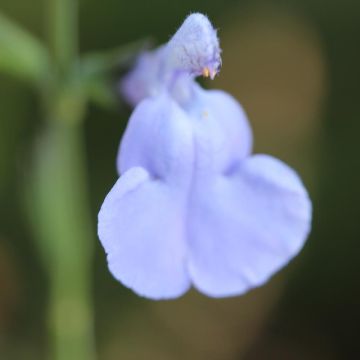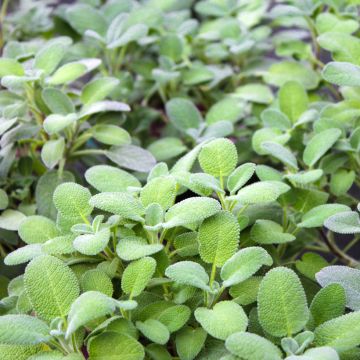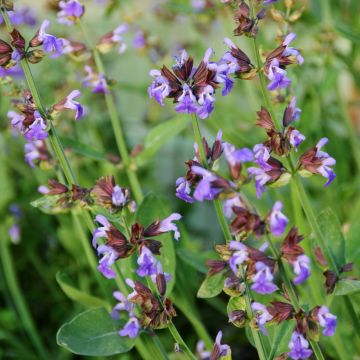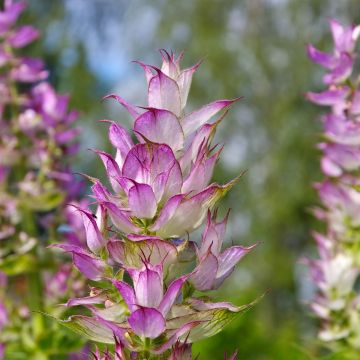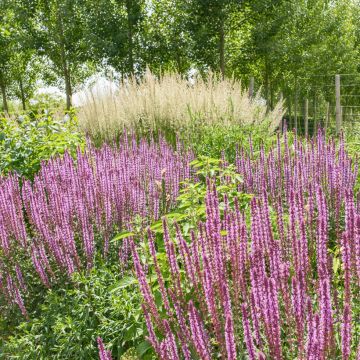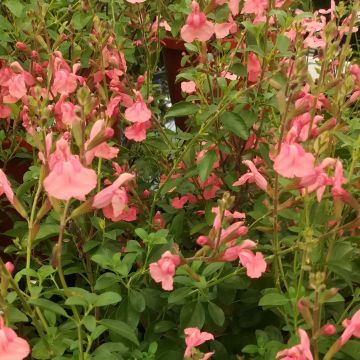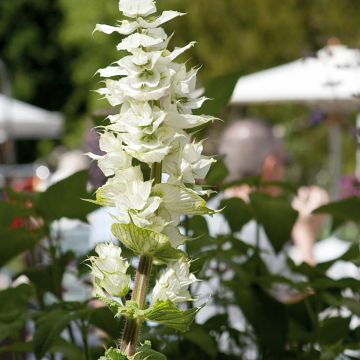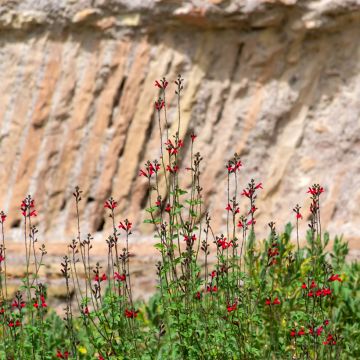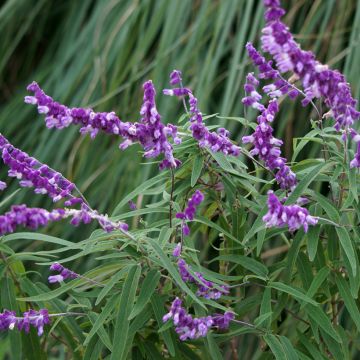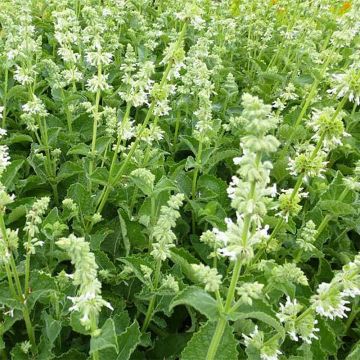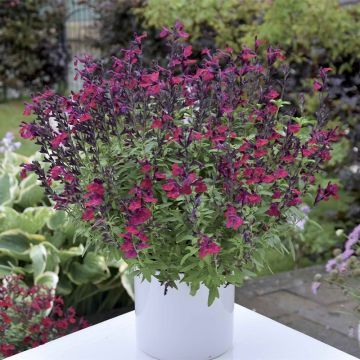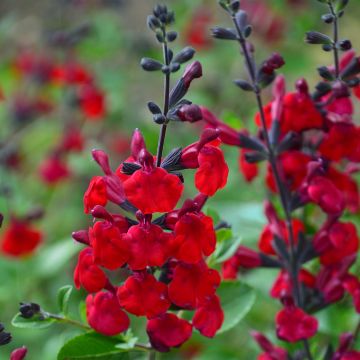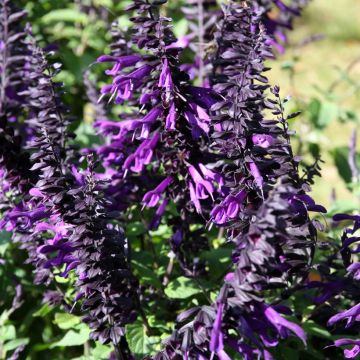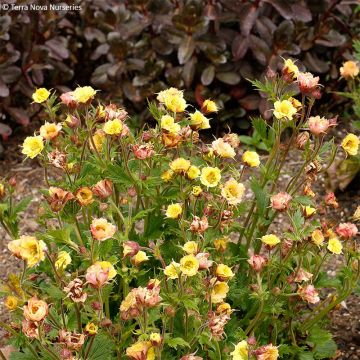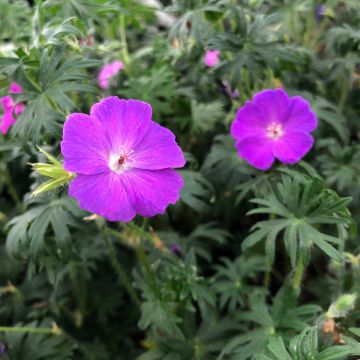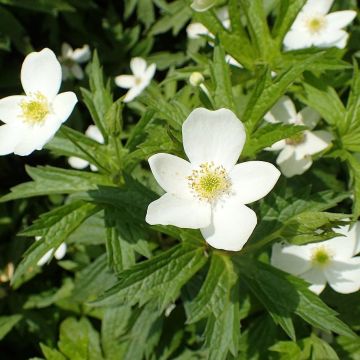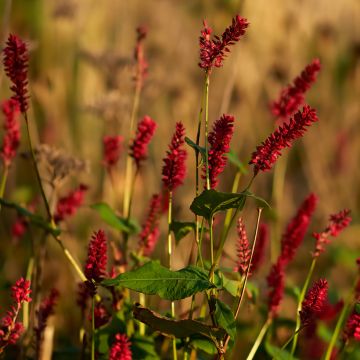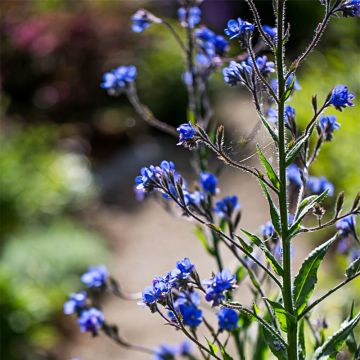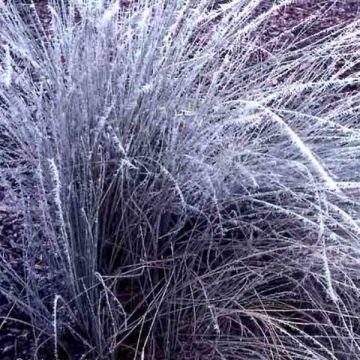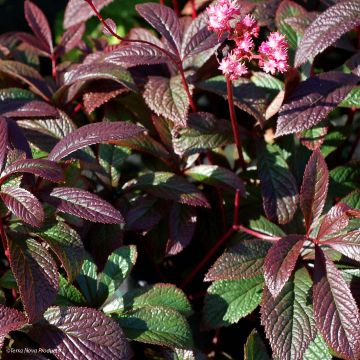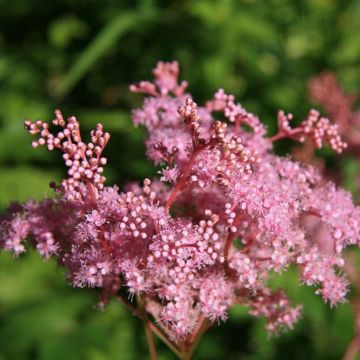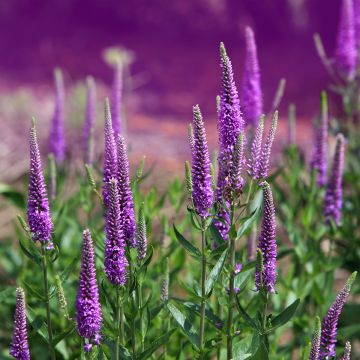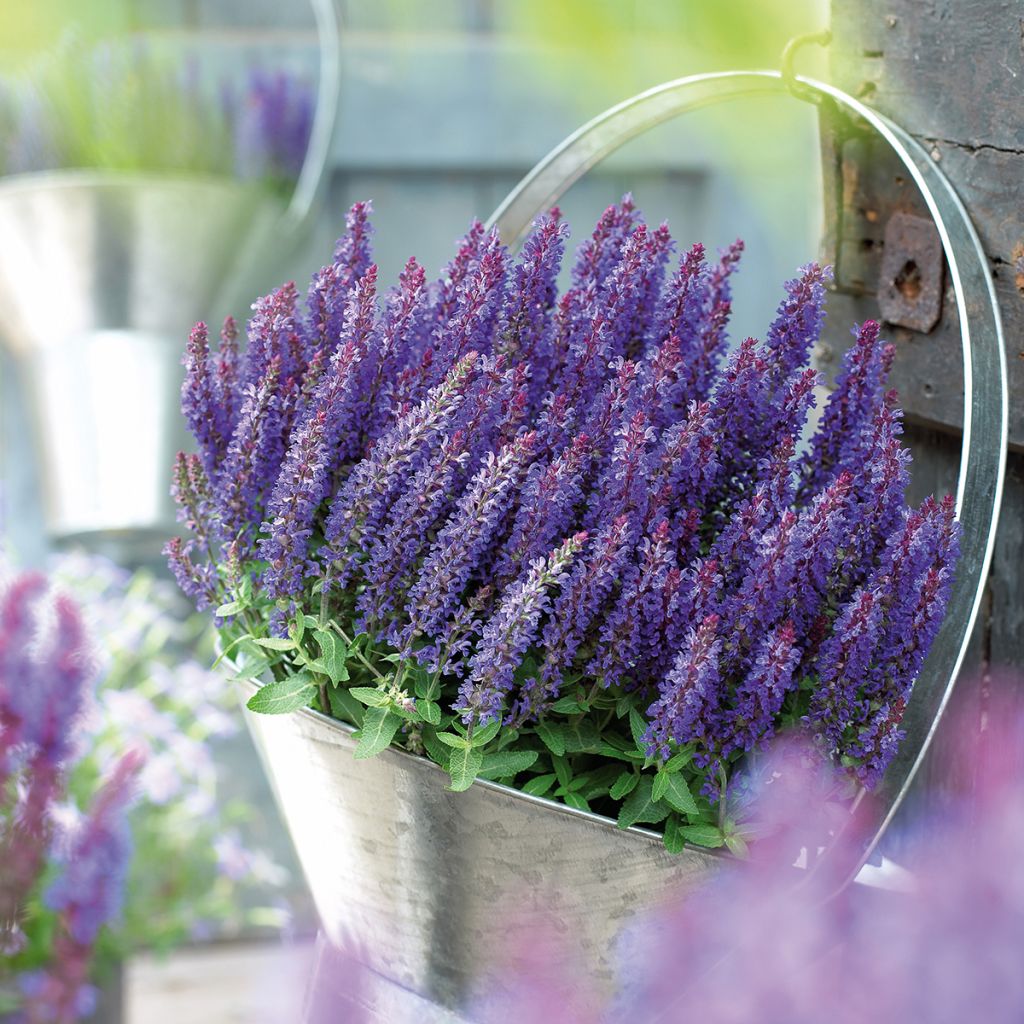

Salvia nemorosa Sensation Deep Blue - Woodland Sage
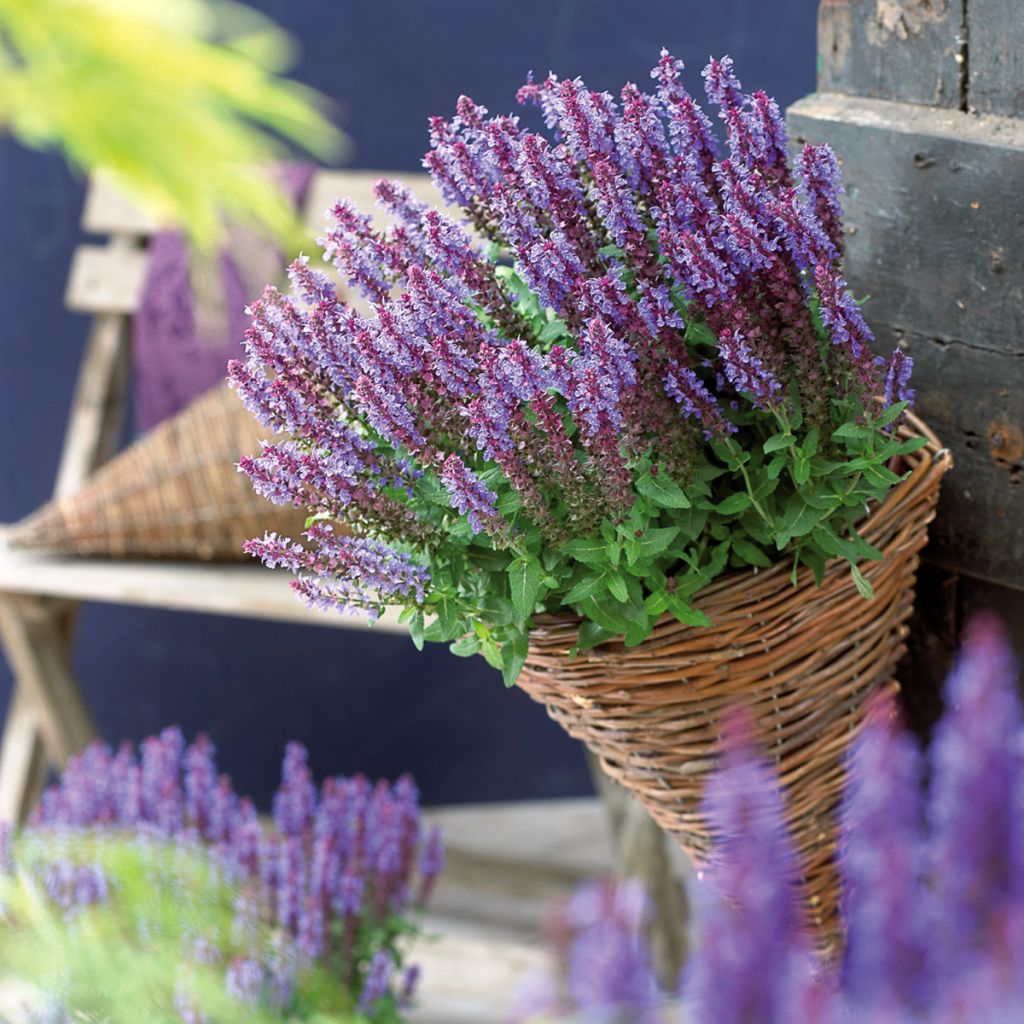

Salvia nemorosa Sensation Deep Blue - Woodland Sage
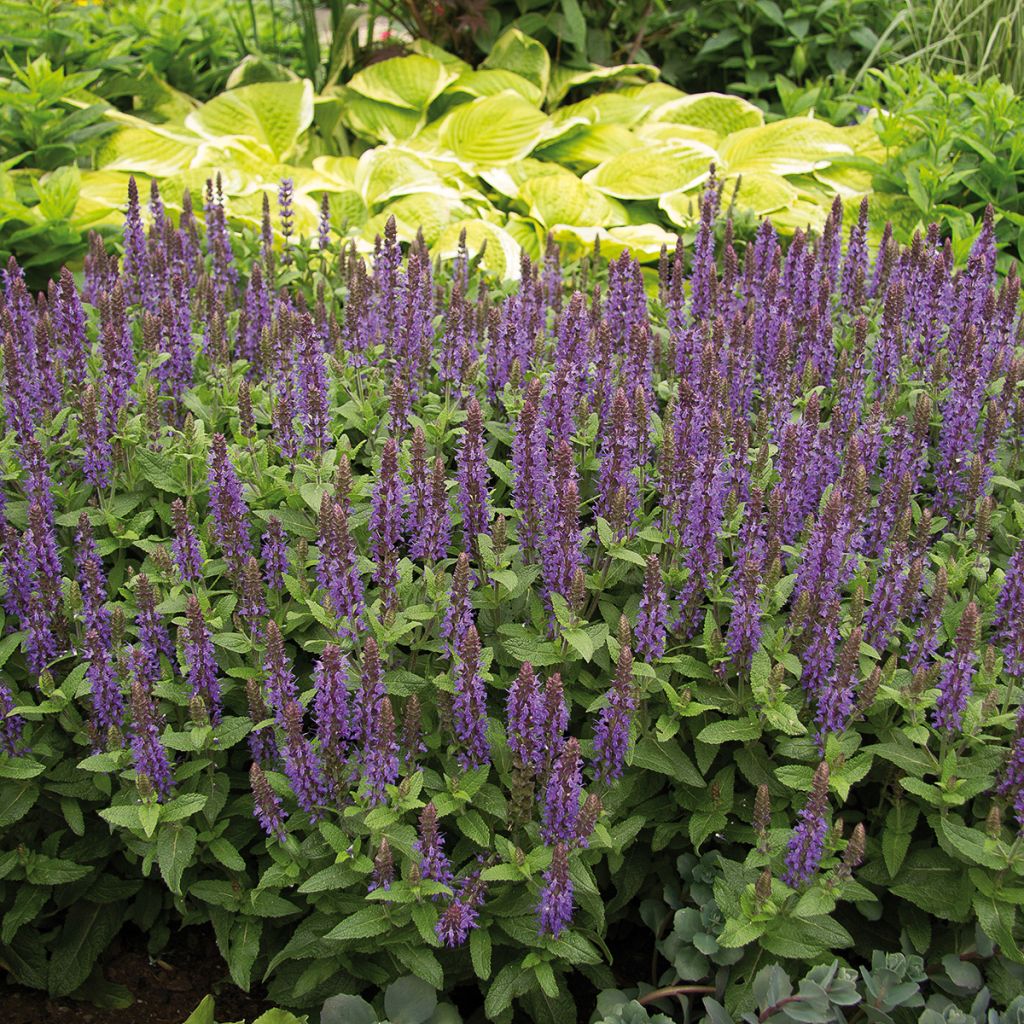

Salvia nemorosa Sensation Deep Blue - Woodland Sage
Salvia nemorosa Sensation Deep Blue - Woodland Sage
Salvia nemorosa Sensation Deep Blue
Woodland Sage, Balkan Clary
Why not try an alternative variety in stock?
View all →This plant carries a 12 months recovery warranty
More information
We guarantee the quality of our plants for a full growing cycle, and will replace at our expense any plant that fails to recover under normal climatic and planting conditions.
From €5.90 for pickup delivery and €6.90 for home delivery
Express home delivery from €8.90.
From €5.90 for pickup delivery and €6.90 for home delivery
Express home delivery from €8.90.
Delivery to Corse prohibited: UE law prohibits the import of this plant from mainland France to Corse as part of the fight against Xylella fastidiosa. Please accept our sincere apologies.
More information
Does this plant fit my garden?
Set up your Plantfit profile →
Description
The Salvia nemorosa 'Sensation Deep Blue' is part of a series of hybrid wood salvias from the Sensation series which are characterized by a particularly compact habit and excellent floribundity. Its melliferous flowers of deep violet-blue are gathered in very dense spikes, above an aromatic green foliage that rustles when touched. This easy and generous perennial excels at the front of borders, even in windy gardens, and in fairly dry soils in summer. It is also one of the hardiest salvias, and as such, a fantastic garden perennial that will not disappoint.
The Salvia nemorosa 'Sensation Deep Blue' is a perennial of the lamiaceae or labiate family. The type species is native to central Europe and western Asia. 'Sensation Deep Blue' is one of its many horticultural cultivars. Its mature size will not exceed 30-35 cm (12-14in) in height and 35-40 cm (14-16in) in width. This perennial develops from a prostrate rosette of ovate, rough, dark green leaves with dentate margins. It has a bushy, highly branched, and sturdy growing habit. Flowering occurs from June to September, in successive waves if faded flower spikes are removed. It takes the form of terminal clusters composed of numerous small flowers (0.5 to 1 cm (0in)) of a fairly deep mauve-blue with purple bracts. The beautiful compact spikes with nectar-rich flowers delight butterflies. The base of the stems is often reddish.
This 'Sensation Deep Blue' wood sage has the advantage of flowering multiple times in summer if its faded flowers are pruned. It withstands everything, even wind, cold, heat, and poor soils. It will look stunning with white-flowered plants such as Chamaemelum nobile 'Plenum', a 'Rouge Cascade' ground cover rose for a strong contrast, or with snow-in-summer. It also pairs well with pink-flowered plants such as 'Icing Sugar' shrubby sage or 'Evelyn' Penstemon. It is also perfect for creating flowering containers for balconies or terraces.
With over 900 species of annuals, perennials, and woody shrubs, distributed all over the planet except in very cold regions and tropical forests, the genus Salvia is the richest in the lamiaceae family. The name Salvia, dating back to Roman times, derives from the Latin salvus 'healthy' in allusion to the medicinal virtues of common sage.
Flowering
Foliage
Plant habit
Botanical data
Salvia
nemorosa
Sensation Deep Blue
Lamiaceae
Woodland Sage, Balkan Clary
Cultivar or hybrid
Other Salvia - Sage
Planting and care
The Salvia nemorosa 'Sensation Deep Blue' should be planted from October to March, excluding freezing periods, with a spacing of 40 cm (16in) in a well-drained soil, even rocky, in full sun. This plant tolerates some drought. It does not appreciate very clayey and waterlogged soils in winter, which can harm its hardiness. In winter, add some compost, well-decomposed manure or other organic matter. Prune it to 30 cm (12in) in late winter before the start of vegetation. Beware of gastropods that can attack young shoots. In humid regions, use a mineral mulch (gravel, volcanic ash, pebbles) with a thickness of 4 to 6 cm (2in), allowing the plant's neck to drain. Under these conditions, it can withstand temperatures as low as -30°C (-22°F). To preserve the vitality of the sage, it is advisable to divide the plant after three years. Plant the new plants in well-worked soil. To improve slightly poor soil, mix in some horticultural compost.
Planting period
Intended location
Care
This item has not been reviewed yet - be the first to leave a review about it.
Summer flowering perennials
Haven't found what you were looking for?
Hardiness is the lowest winter temperature a plant can endure without suffering serious damage or even dying. However, hardiness is affected by location (a sheltered area, such as a patio), protection (winter cover) and soil type (hardiness is improved by well-drained soil).

Photo Sharing Terms & Conditions
In order to encourage gardeners to interact and share their experiences, Promesse de fleurs offers various media enabling content to be uploaded onto its Site - in particular via the ‘Photo sharing’ module.
The User agrees to refrain from:
- Posting any content that is illegal, prejudicial, insulting, racist, inciteful to hatred, revisionist, contrary to public decency, that infringes on privacy or on the privacy rights of third parties, in particular the publicity rights of persons and goods, intellectual property rights, or the right to privacy.
- Submitting content on behalf of a third party;
- Impersonate the identity of a third party and/or publish any personal information about a third party;
In general, the User undertakes to refrain from any unethical behaviour.
All Content (in particular text, comments, files, images, photos, videos, creative works, etc.), which may be subject to property or intellectual property rights, image or other private rights, shall remain the property of the User, subject to the limited rights granted by the terms of the licence granted by Promesse de fleurs as stated below. Users are at liberty to publish or not to publish such Content on the Site, notably via the ‘Photo Sharing’ facility, and accept that this Content shall be made public and freely accessible, notably on the Internet.
Users further acknowledge, undertake to have ,and guarantee that they hold all necessary rights and permissions to publish such material on the Site, in particular with regard to the legislation in force pertaining to any privacy, property, intellectual property, image, or contractual rights, or rights of any other nature. By publishing such Content on the Site, Users acknowledge accepting full liability as publishers of the Content within the meaning of the law, and grant Promesse de fleurs, free of charge, an inclusive, worldwide licence for the said Content for the entire duration of its publication, including all reproduction, representation, up/downloading, displaying, performing, transmission, and storage rights.
Users also grant permission for their name to be linked to the Content and accept that this link may not always be made available.
By engaging in posting material, Users consent to their Content becoming automatically accessible on the Internet, in particular on other sites and/or blogs and/or web pages of the Promesse de fleurs site, including in particular social pages and the Promesse de fleurs catalogue.
Users may secure the removal of entrusted content free of charge by issuing a simple request via our contact form.

































